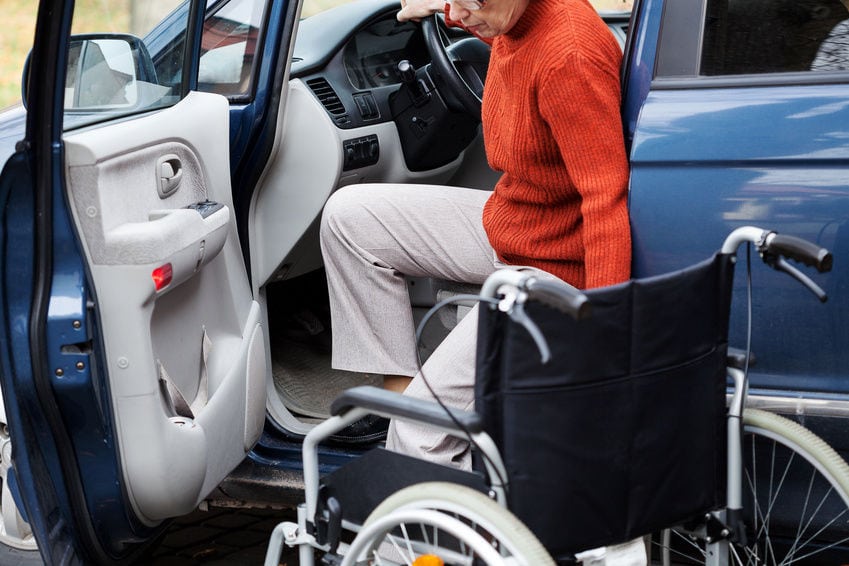Each year, more and more disabled individuals are joining other motorists on the road thanks to the excellent adapted automobiles that are now available and constantly being improved. In fact, there are now around 1.9 million disabled drivers in the UK which makes up around 6% of all licensed drivers. These numbers look set to continue to rise with the continuation of manufacturing advanced adapted automobiles plus the growing age population. Not only this, but these advances have even lead to disabled motorsport, where disabled individuals are obtaining licenses to compete against able-bodied drivers.
Modifications
There are many different modifications that can be made to help disabled motorists to drive safely, comfortably and with confidence. This can include acceleration and breaking being controlled by hand, replacing the steering wheel with a joystick or simply making the car accessible by wheelchair – with companies like Allied Mobility offering a wide range of adapted vehicles.
Obtaining a License
In order for a disabled individual to get themselves on the road, they must first pass their test. This test will be the same one that is taken by able-bodied drivers, ensuring that every user on the road can operate a vehicle to the required standard. The disabled driver will be operating the vehicle differently to the able-bodied motorist, but they must both meet the same standard. There are driving instructors that specialise in tutoring disabled individuals how to drive in adapted automobiles, which is the best path to take. Once the individual passes his or her test, they will have a license from the DVLA that states that they are only licensed to drive that particular type of modified automobile.
Insurance
The motorist must also obtain adequate insurance before getting behind the wheel. This should not be too tricky, as the Equality Act of 2010 stipulates that insurers are not allowed to refuse or charge higher premiums for disabled motorists. If the individual is adjusting to a new disability, or repairs to their adapted vehicle will cost more, then a higher premium may be charged.
With their adapted vehicle, driving license and insurance, the motorist will be ready to take to the road and the same laws apply to all motorists. Some may have concerns that adapted automobiles may not be entirely safe to drive, but a study revealed that disabled motorists were not involved in more accidents than other road users. With new vehicles constantly being developed, it is easy to see more disabled individuals learning to drive and enjoying the great freedom and independence that this brings.







